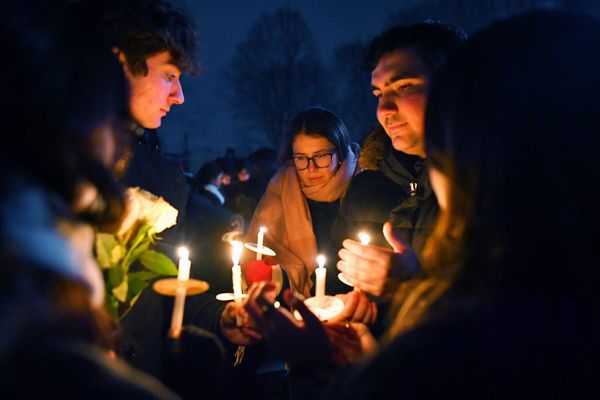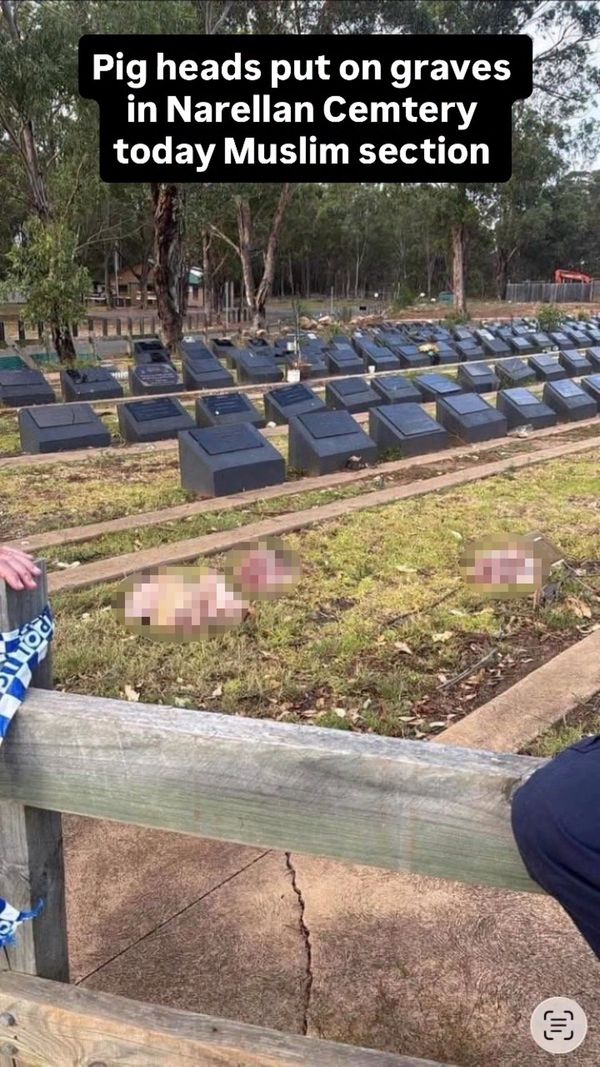
The NFL Scouting Combine has become more of an event and less of a showcase.
Yes, the events have remained the same. Players run the 40-yard dash, lift some weights, and enter conference rooms for top-secret interviews with teams. Scouts use stopwatches to time how fast a player runs, and executives for teams watch on with cameras in their faces.
And, in true NFL fashion, fans watch on in amazement.
Ultimately, what to take away from the combine can be difficult. Football isn’t played in shorts, but the combine is run in shorts. Fans can’t watch the team interviews, so they can’t see how prospects react in “job interview” scenarios.
Like many parts of the NFL Draft process, the combine is an imperfect science. Combine warriors exist, as do the strugglers. Players will finish with record-breaking bench press reps but lack functional play strength. Some players will struggle in position drills, but the tape will show a player who knows how to play the position.
See? Imperfect science.
When NFL personnel, prospects, and media flock to Indianapolis, the combine will be the talk on network television and social media. Fans and media will find new “draft crushes,” and other players will have their draft stocks tank. That’s just the reality of such an event.
While some approach the combine with skepticism, there is information to take from the event. Scouts and fans can gain invaluable knowledge from these events. It just takes an understanding of how to approach the event.
Here at Vikings Wire, we want to simplify the NFL Combine. While predicting who will show out at the combine is difficult, here are five things to help you understand the combine.
1. Measurements Matter

College rosters lie. For the most part, programs will add a couple of inches and pounds to players.
For example, SMU listed wide receiver Rashee Rice as 6-foot-2. At the Senior Bowl, Rice mysteriously shrunk to 6 feet. Well… it wasn’t mysterious. Programs just lie about these heights.
Some players get official measurements at the postseason all-star competitions, but not every prospect attends those. For those who attend, the combine is confirmation. If a player is 235 pounds at the Senior Bowl and he’s similar at the combine, they will likely play around that weight.
For other players, this is a team’s first chance to see their official measurements. These measurements tell a story. It means more than how a player looks on the field and more than a college roster.
A player can overcome a poor measurement, but it’s not always possible. A player’s frame is half the battle in football, and falling short creates an uphill battle.
2. Know what your team values

Every team approaches the draft differently. That likely goes without saying, but it remains a fact at the NFL Combine. While all 32 teams will value certain traits – like speed, frame, etc. – how much a team does it is where they’ll differ.
Think of it this way: the NFL Draft is a lot like dating. Every general manager has different preferences and will approach the combine with those in mind.
In the case of the Vikings, the running backs they target will have experience in zone-based systems. Defensively, they’ll target players who fit the next defensive coordinator and what he chooses to run. Judging by the recent interviews with Ejiro Evero and Brian Flores, that will likely be a 3-down lineman set initially. In this case, look for defensive linemen who are bigger and can eat space.
Regarding frame, general manager Kwesi Adofo-Mensah values height and length, especially with defensive backs.
According to Relative Athletic Score, safety Lewis Cine and cornerback Akayleb Evans were both 6-foot-2, ranking in the 90th percentile (or higher) for their positions. Andrew Booth, Jr. measured in at slightly over 6 feet, putting him in the 67th percentile for cornerbacks.
The 40-yard dash still has value

The 40-yard dash is a highly-contested part of the NFL Combine. Fans love the concept, but many have argued that the drill has little meaning in projecting success.
Ultimately, the NFL is not a track meet. Running fast in a straight line doesn’t always translate to next-level success because so little in football involves it. Football players will mostly cut and move in different directions.
There is still value in the event, though. Maybe less so in the 40-yard aspect and more in the 10-yard and 20-yard splits. These times often translate directly to a player’s quickness. While football isn’t played with straight-line speed, quickness directly correlates to football-like athleticism.
For the Vikings, this aspect is critical. Last season, most of their draft picks had fast splits, including the offensive linemen. Ed Ingram, for example, had a 10-yard split time of 1.68 seconds, which ranked in the 83rd percentile for offensive linemen.
4. Track the interviews

Prospects who attend the Senior Bowl will already have met with personnel from all 32 NFL teams. As a result, the NFL Combine interviews could be more of a formality.
Regardless, Adofo-Mensah and head coach Kevin O’Connell value the combine interviews.
“It’s something I always believed in, but going through it myself and being impressed by the process the Vikings ran when hiring me and ending up with the decision of Kevin,” Adofo Mensah told Vikings Entertainment Network last season. “You know, you get a lot of information, and it’s swirling, and things are happening.”
Adofo-Mensah continued, comparing the process to him conducting college entrance interviews.
“You see it from these guys, and they come in, and you’re trying to grade them on their recall. It’s like, they’re all great, it’s some level of great.” Adofo-Mensah said. “You’re trying to mince small details there.”
In the case of O’Connell, he believes that the formal interviews will “always be unique” to discovering more about the prospects.
“It’s a lot to figure out in a 15-minute sit-down setting, whether you’re using film or the whiteboard or just have those guys speak in the language they’re coming from,” O’Connell said. “How much ownership they have with that can tell you a lot about their capacity to learn what we’re going to try to do with guys.”
While it doesn’t necessarily mean that the Vikings will interview the prospects they draft, the interviews can be a good gauge of the team’s approach. Keep an eye on them but don’t treat them as gospel. Ultimately, it’s just another tool to use.
5. There will be a lot of rumors

What happens when you get a lot of media and NFL personnel in the same area? Well, you get a lot of rumors.
In a sense, the combine is more like high school. There are rumors everywhere, including what teams might look at in the draft and how they may approach free agency.
Here’s my recommendation: take every rumor and understand the possibility, but take it with a grain of salt.
Not every rumor you hear during this time will come true. Some will, but most will end up being nonsense. It’s hard to pinpoint which reports are fact and which are fiction, but there is value in both of them.
For the rumors that wind up being false, it’s best to understand where they come from. Was it a rumor that an undersized prospect is flying up draft boards? Maybe it was a rumor that a team was looking to trade up in the first round. These rumors existed for a reason, and it’s critical to find out why.







